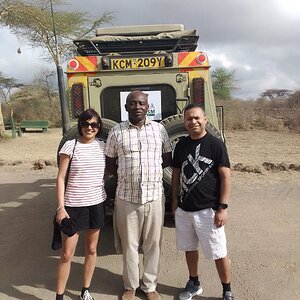412 Burgh
No longer a newbie, moving up!
- Joined
- Mar 18, 2011
- Messages
- 1,414
- Reaction score
- 192
- Location
- Pittsburgh
- Website
- www.zacharydiberadin.me
- Can others edit my Photos
- Photos OK to edit
I have been interested in HDR for a while now. I want to give it a go and try it out. So I just have a few questions, on the whole process. I know some people use Photoshop, and others use an actual HDR software. I want to get it one on my mac and been trying to read some reviews on the softwares.
1. So what are the main softwares/programs?
2. Can I use one photo and over expose it, then under expose another and merge the 2 edited photos and 1 original photo together?
1. So what are the main softwares/programs?
2. Can I use one photo and over expose it, then under expose another and merge the 2 edited photos and 1 original photo together?




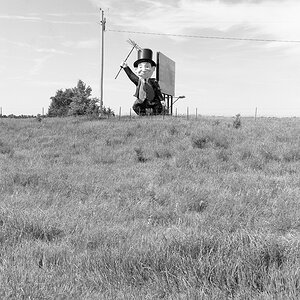
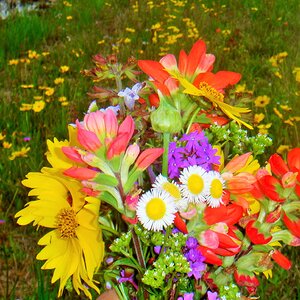
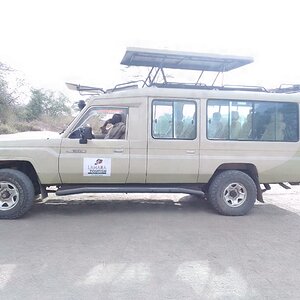
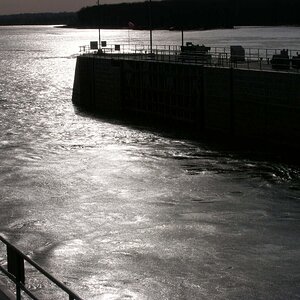
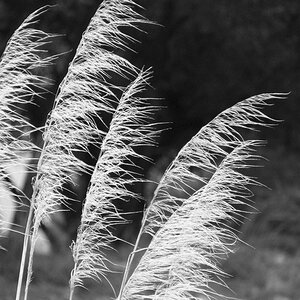

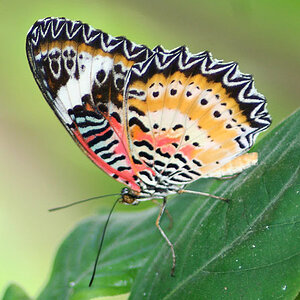
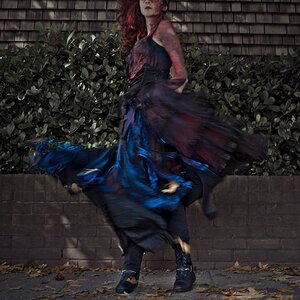
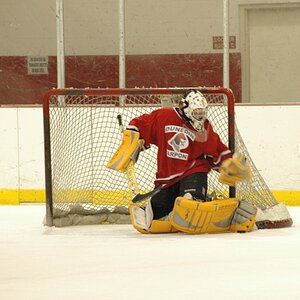
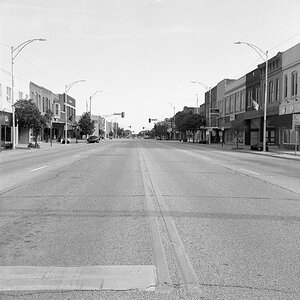
![[No title]](/data/xfmg/thumbnail/42/42397-30faa170de7ed9be38adf00b9b26a220.jpg?1619740167)
